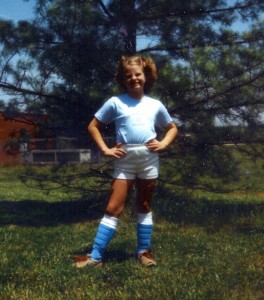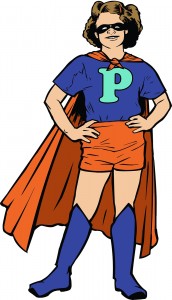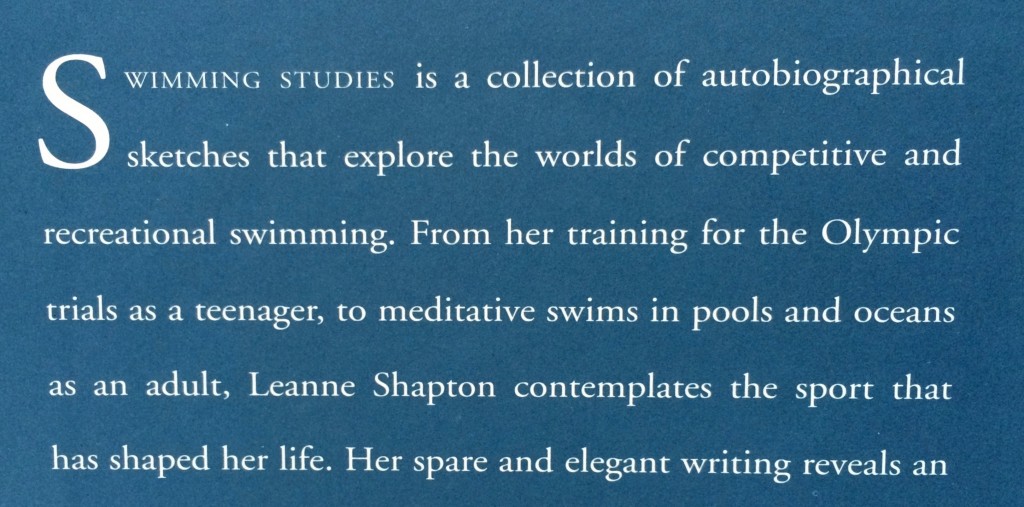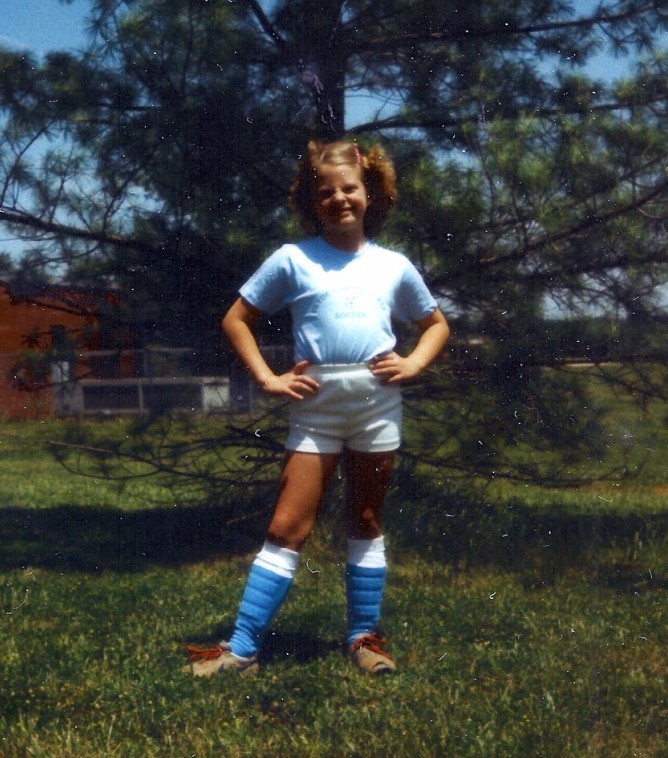It’s been a busy (and sometimes difficult) month. Swim meets, band concerts, family visits, emotional meltdowns, and school holidays. I’ve been struggling to get back into a routine with this project. I’m hoping that processing my ideas will help. The following ideas come from my green writing notebook.
On Being Stuck
I’m trying to revise/revisit my statement of teaching philosophy. I have the start of a good draft but now I’m stuck. I’ve taken lots of notes (10+ pages), but I can’t quite figure out how to write this document. The only other time that I’ve felt this stuck in my book project, like I was writing in circles, jotting down the same ideas over and over again, was when I was writing about the point of being a professor. I guess I’m experiencing some resistance to taking on this role again. Or apprehension? Am I still a teacher? What do I have to offer? What can I remember about my time in the classroom? After all, it’s been 4 years since I formally taught.
The idea of being stuck, being unable to know or write, is not a failure of willpower. It can signal resistance to ideas that make us uncomfortable or that haunt us. Ideas that, if taken seriously, can transform how we understand and act in the world. In my own version of feminist/queer pedagogy, these moments of being stuck are valuable and a big part of my classes involved creating space for them and finding ways to work with and through them.
Yesterday, while trying to work through my “stuckness,” I composed a list: How to Get Unstuck, some suggestions. I think I want to add to the list with something about embracing stuckness?
21st Century Skills
What skills do students need for the 21st century? In my green notebook, on page 97, I mention how I need to discuss 21st century skills in my teaching philosophy statement. On a practical level, you need to know how to: navigate the internet, use a blog, code a little, tweet, look stuff up. On a more conceptual level, you need to learn how to: experiment, explore, find things yourself, sift through a ton of conflicting perspectives, manage and harness your curiosity in effective and ethical ways. These are digital literacy skills. I think that the Academy could help students a lot, but IFF (if and only if) how/what/why they teach is transformed. I should say more about this idea and how it was one of the reasons that I left higher education.
The Troubling Hour
At the beginning of January I wrote Early Morning Encounters on my TROUBLE blog. In the midst of writing it, I realized that I was creating another category/concept to use in my pedagogy: the troubling hour. A time and space that you inhabit on a regular basis to reflect, critique and be curious.
For the past year or so, I’ve gotten in the habit of getting up at 6:15 AM, before anyone else in my house is awake. I make my extra strong coffee and sit on the couch, scrolling through my facebook and twitter feeds. Usually I’m looking for something that sparks my curiosity and inspires me to get into a critically reflective (troubling/troubled) space.
Sara Puotinen
Shifting Strategies and Techniques
While looking through past assignments, I decided that it might be interesting to trace my shifts in strategies and techniques, like how my “critical response” assignments changed from a notebook to direct engagement blog posts. Paying attention to these shifts might enable me to trace my undisciplined teaching path, just like I traced my unofficial student life?




